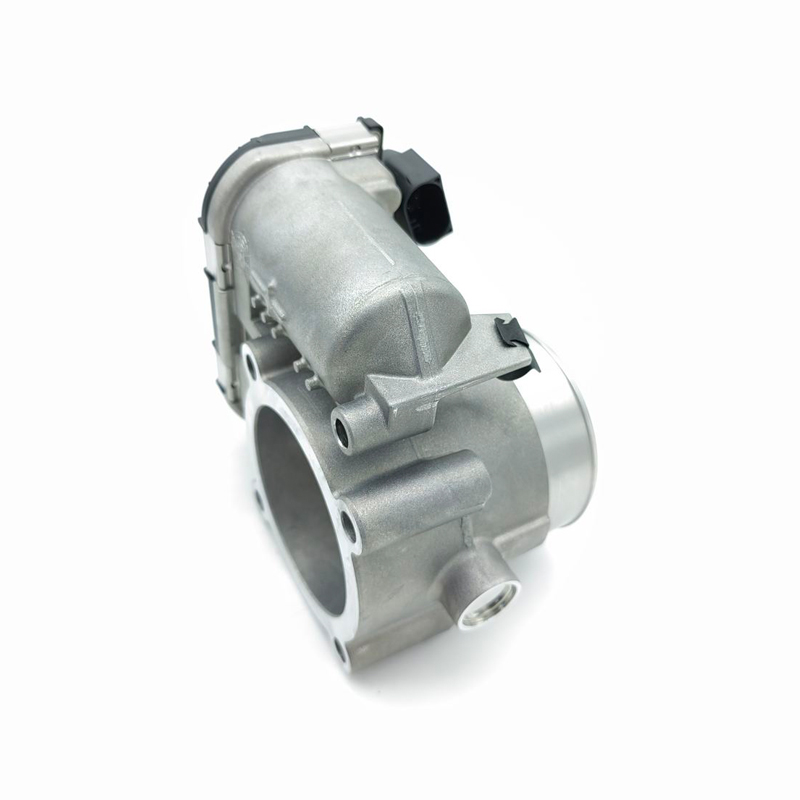Throttle Valve are generally fully open and fully closed. Considering the flow characteristics, Throttle Valve and Ball Valve have the characteristics of short opening and closing stroke, fast speed, reliable sealing, and small opening and closing static torque. Therefore, both types of products are used. However, from the perspective of reliability, the mainstream product is still the Universal Valve.

The cylinder of the Universal Valve is a stereotyped product, which can be divided into single-acting and double-acting according to the mode of action. The single-acting product is equipped with a return cylindrical spring and has an automatic reset function when air is lost. That is, when the air is lost, the cylinder piston drives the cylinder push rod to return to the initial position of the cylinder under the action of the spring. The double-acting cylinder has no return spring, and the advancement and retreat of the push rod must rely on changing the inlet and outlet positions of the cylinder's air source. When the air source enters from the upper chamber of the piston, the push rod moves downward. When the air source enters from the lower chamber of the piston, the push rod moves upward. Since there is no return spring, the double-acting cylinder has greater thrust than the single-acting cylinder of the same diameter, but it does not have an automatic reset function. Obviously different air intake positions cause the push rod to move in different directions. When the air intake position is at the back cavity of the push rod, the air intake causes the push rod to advance. This method is called a forward-acting cylinder. On the contrary, when the air intake position is on the same side of the push rod, the air intake causes the push rod to retreat. This method is called a reaction cylinder. Because the Throttle Valve generally requires a loss of air protection function, a single-acting cylinder is usually used.
Advantages of Throttle Valve:
1. Simple structure, convenient to manufacture and maintain.
2. The working stroke is small and the opening and closing time is short.
3. Good sealing performance, small friction between sealing surfaces and long service life.
4. The structural forms of the Throttle Valve body include straight-through type, DC type and right-angle type. The straight-through type is a very common structure, but its fluid resistance is the highest. DC fluid resistance is small and is mostly used for fluids containing solid particles or high viscosity. Right-angle valve bodies are mostly forged and are suitable for Throttle Valve with smaller passages and higher pressures.
5. During the opening and closing process, the friction of the sealing surface is smaller than that of the
Gate Valve and is wear-resistant.
Disadvantages of Throttle Valve:
1. The fluid resistance is large and the force required to open and close is large.
2. Not suitable for media with particles, high viscosity, and easy coking.
3. Poor adjustment performance.
Working principle of the Throttle Valve: When the Throttle Valve is opened, when the opening height of the valve disc is 25% to 30% of the nominal diameter, the flow rate has reached a very large level, indicating that the valve has reached the fully open position. Therefore, the fully open position of the Throttle Valve should be determined by the stroke of the valve disc.



